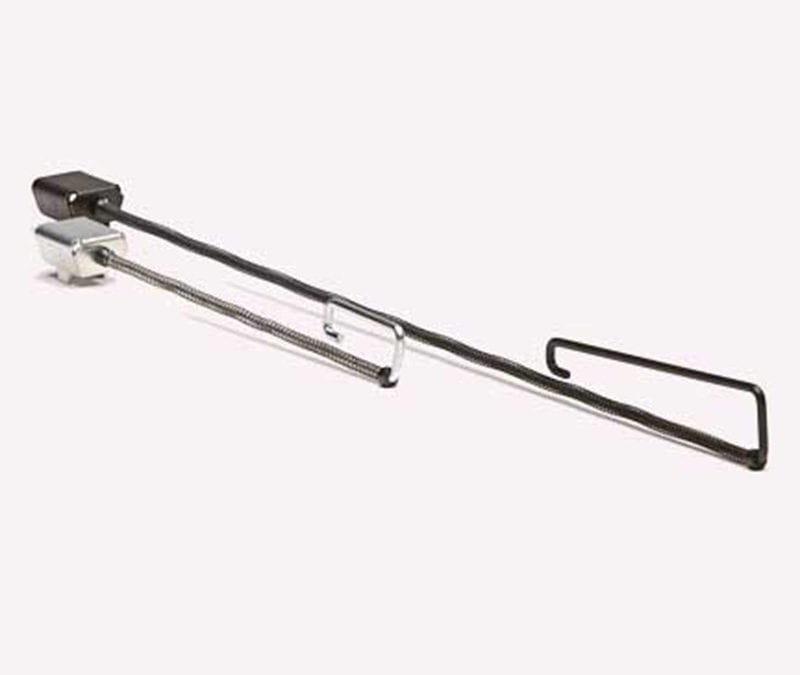When looking for a sheet metal fabricator, you should be aware of several things to look for. A good fabricator should be able to make design changes in a timely manner, allowing you to make modifications that improve performance or reduce costs. It is important to work with a fabricator early on in the design process to avoid delays and missed deadlines. The best sheet metal fabricators will produce final products that range from simple to complex designs.
Types of sheet metal fabrication
There are several different types of sheet metal fabrication and design processes. These different processes include cutting, welding, and bending. Some of these processes overlap, while others are completely unique. For instance, spinning is a similar process, except that it uses a lathe to rotate the sheet metal as opposed to a CNC machine. It is commonly used for creating round metal parts. Other sheet metal fabrication processes include forming and expanding to create a desired shape.
Several different types of metals are used in sheet metal fabrication. These metals can be used for a wide range of purposes, from simple prototyping to complex parts. Platinum, gold, and silver are common types of metal used for sheet metal fabrication. They can be as thin as six millimeters, or as thick as 30 millimeters or more. Various metals have different properties and must be chosen carefully. Some metals are soft or pliable like stainless steel, while others are brittle under pressure. Material selection is important because it can affect the process and the end product of metal components.
Metal fabrication is a highly skilled and demanding process. Metal fabrication is an essential part of the manufacturing process. A metal sheet turns into component parts using various tools such as a laser cutter or press brake to create disparate pieces of sheet metal. These pieces are assembled into a single part using fasteners or welding for a finished product or consumer goods. Depending on the type of sheet metal fabrication, fasteners can be cut into the metal or tack-welded into place. Other critical assembly processes include welding, riveting, brazing, and adhesives. Welding uses heat to fuse two metals together, and different welding methods offer different weldability and durability.
Basic guidelines for sheet metal fabrication
When fabricating sheet metal parts, there are several sheet metal fabrication basics that must be followed. These guidelines are designed to help you avoid problems with the material. For example, holes that are too small can cause the metal to distort. In addition, holes that are too close to edges can cause bulges. Therefore, the spacing between holes and edges must be at least two times the thickness of the sheet metal.
When designing sheet metal parts, it’s important to consider the dimensional tolerances. A proper tolerance ensures that the part will be bendable without tearing. If you have to have a hole that’s slightly larger than the sheet metal thickness, you’ll have to rethink your design. In addition, you’ll need to consider the bend relief. A bend relief is a small indentation that is placed around the bend to reduce the chances of breaking the sheet metal during the operation.
Another important rule to follow when designing sheet metal is to consider the materials and the process used. Copper tubing is commonly soldered, while brazed joints are stronger. Solder joints, on the other hand, are more ductile and have lower melting points. In general, good sheet metal design will take into account these factors and the type of fabrication used. Although sheet metal fabrication is an excellent method for manufacturing, the choice of material and surface finish must be based on the requirements of the project. There are many materials to choose from and a number of finishes that are available. By carefully evaluating the material and the process limitations, you’ll be able to reduce the risk of challenges and minimize the production time and cost.
Sheet Metal Design Tips
When designing sheet metal parts, there are some simple tips that can be used to increase productivity and reduce labor costs. Keep in mind that more complicated parts cost more to manufacture, so it is important to consider this for part designs. For example, avoid making complicated bends. Instead, choose a simple angled bend that has a radius equal to or greater than the thickness of the sheet metal.
When designing sheet metal parts, it is essential to choose the right thickness and material for the application. The thickness of the material will determine its formability, weldability, corrosion resistance, and strength requirements. You can find material specifications in design data handbooks. Also, try to design parts with uniform wall thickness. Parts with different wall thicknesses will bend at different rates, resulting in an incorrect shape.
If your design includes holes, make sure to leave room for expansion and contraction during manufacturing. If the holes are too close to the bend, they will deform the sheet metal. It is also important to consider the K Factor, which refers to the ratio of the neutral axis to the thickness of the material. Tolerances are another important consideration when designing sheet metal parts. Tolerances are the limits of permissible variation for different shapes and different metals. Designers must factor these limits into their design to avoid unexpected results. Some common tolerances are bending tolerance, size tolerance, and position tolerance.
Starting a Metal Fabrication Project
Sheet metal fabrication and design is applicable to a wide range of industries. With years of experience, Fox Valley Stamping’s team of experts produce quality products through precision sheet metal fabrication. Fox Valley Stamping differs from traditional sheet metal shops and provides customers with in-house tooling and custom sheet metal fabrication. Our high-quality services include state of the art sheet metal fabrication techniques, on-time shipment, and unmatched customer service. We specialize in short-run metal stamping, CNC LASER cutting, and sheet metal fabrication. Your first step to call us today for your custom metal fabrication project!




 847.741.2277
847.741.2277
